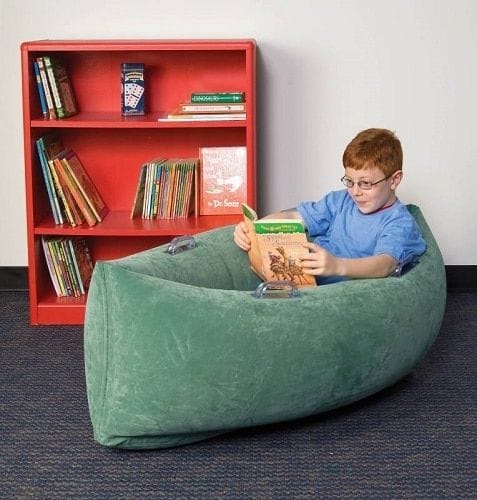Every child learns in a unique way, but for children with autism, the right learning tools can make an even bigger difference. These tools not only support their academic growth but also help build confidence, improve communication, and make daily life easier.
In this post, we’ll explore some of the best learning tools for autism children that parents, caregivers, and teachers can use at home or in school.
1. Visual Learning Tools
Children with autism often learn better with visuals.
- Picture Cards (Flashcards): Great for teaching alphabets, numbers, emotions, and daily activities.
- Visual Schedules: Helps kids understand and follow daily routines with picture-based step guides.
2. Sensory Learning Tools
Many children with autism seek sensory input for calmness and focus.
- Fidget Toys: Reduce stress and improve concentration.
- Weighted Blankets or Lap Pads: Provide a calming effect during study or bedtime.
- Sensory Bins: Simple bins filled with rice, beans, or sand can help with tactile learning.
3. Communication Tools
Communication can be challenging, but the right tools make it easier.
- PECS (Picture Exchange Communication System): Teaches children to communicate using pictures.
- Speech Apps (like Proloquo2Go, Avaz): Available on tablets/phones, these apps help kids express themselves.
4. Educational Apps & Games
Technology-based tools are engaging and effective for learning.
- Endless Reader: Teaches vocabulary and sight words in a fun way.
- Khan Academy Kids: Free app for reading, math, and critical thinking.
- Choiceworks: Great for schedules, routines, and social stories.
5. Daily Life Skill Tools
These tools make children more independent in everyday life.
- Buttoning & Zipper Boards: Perfect for practicing dressing skills.
- Time Timers: Helps kids manage time better.
- Social Story Books: Explain real-life situations (like going to school or visiting the doctor) in simple ways.
6. DIY & Home-Based Tools
Not everything has to be expensive — you can create your own tools at home.
- Homemade Flashcards for alphabets, emotions, or daily chores.
- Routine Chart on a Whiteboard for planning the day.
- DIY Sensory Bottles using glitter and water for calming focus.
Conclusion:
The right learning tools for autism children can open up new ways of understanding, communicating, and growing. By combining visual, sensory, and educational tools, parents can support their child’s learning journey and make it a more positive, engaging experience.
